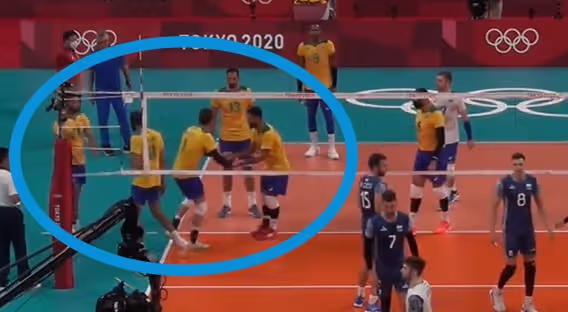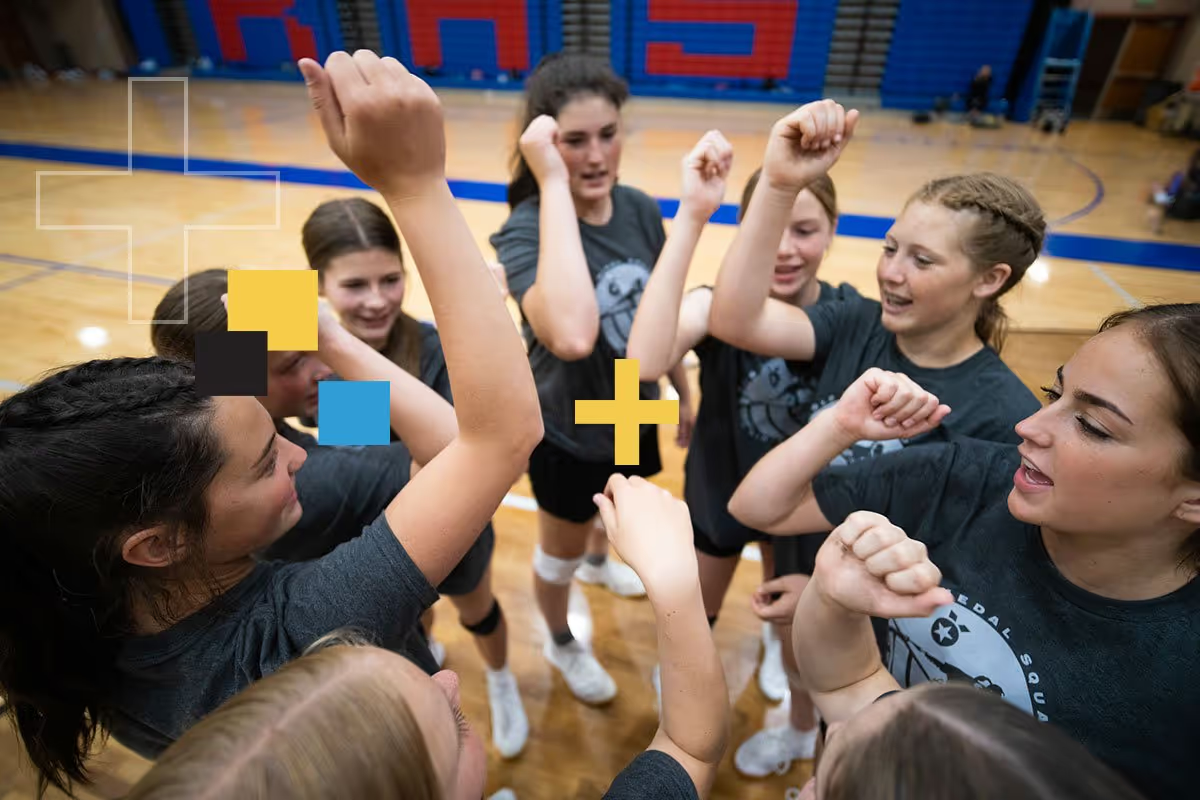If you've been watching Olympic volleyball matches the past couple of weeks, you've certainly noticed each team at certain points in a match implementing a "double substitution" by replacing two players on the court with two players coming off the bench at the same time with each other.
International volleyball rules allow each player on the roster to enter a given set only one time. Because of this, you will typically see the double sub utilized towards the end of sets. Brazil has been using this tactic for many years with great success due to their roster depth.
To understand how this works, let's use this example: Player A starts the set. She is later replaced by Player Z. Player Z has now entered the set one time. Later in the set, Player A re-enters the match and replaces Player Z. Player A has now also entered the set one time. Player Z is back on the bench, but because she has already entered the set one time, she is ineligible to play again in that set. Player A is then replaced by Player Y. Because Player A has already entered the set one time, she also must remain on the bench for the remainder of the set.
These rules make it impossible to run a traditional 6-2 offense with substitutions because, in the 6-2 offenses that we see in the United States, each of the impacted players enters the set at least two or three times (as opposed to the one time allowed by international volleyball rules).
However, as we're seeing in Tokyo, international coaches are not shy to implement at situational 6-2, meaning they will replace a front-row setter with a new opposite, and a back-row opposite with a new setter, for a period of three straight rotations at some point during a volleyball set.
This double substitution gives the advantage of a 6-2 by giving the team an additional front-row attacker, and in many cases a stronger right-side blocker, for three rotations until the double substitution is reversed and the two original players re-enter the match.
Would the double sub help your team given the athletes in your gym? One of the additional benefits is it allows you to get more of your athletes on the court, which is always a big deal at the club level.







